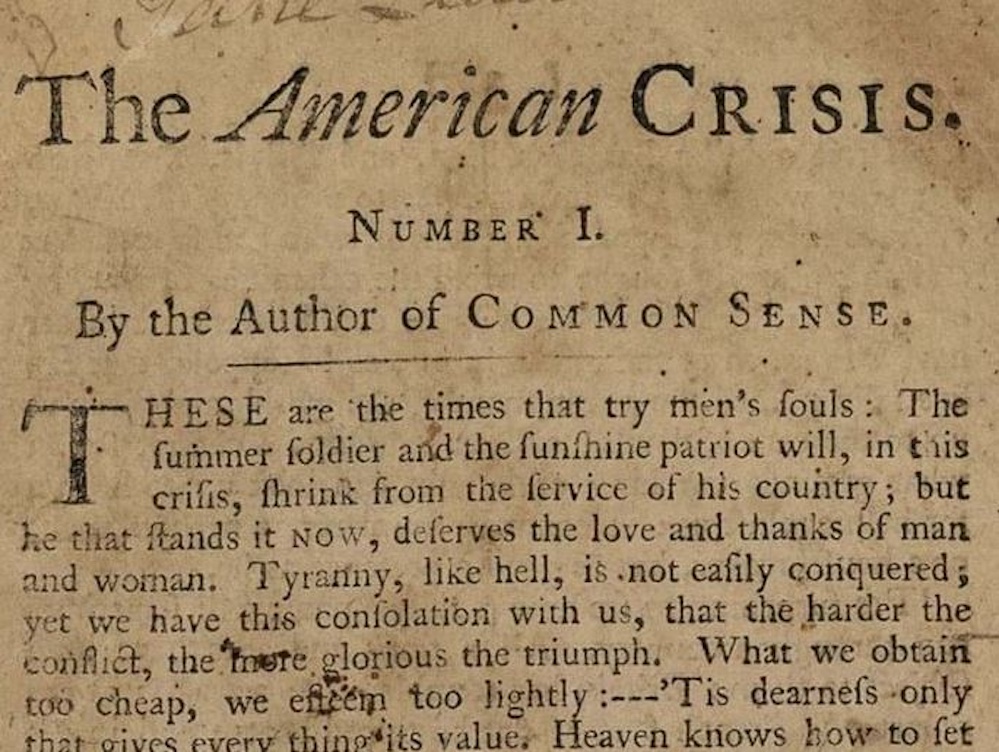Hi folks, Dave Fox from Starscape SEO, and, by request from Daniela in our graphic design department, today we offer this topic for the blog: History’s Most Famous Pamphlets.
From a graphic design perspective, a pamphlet is a compact, multi-page document designed to provide detailed information on a specific topic, cause, or product.
Meanwhile, a brochure is a folded marketing tool designed to provide a broader overview of a business or product, often with more visual and textual content.
Unlike single-sheet flyers, pamphlets typically feature a folded format, such as bi-fold or tri-fold, which allows for a structured presentation of content.

The design of a pamphlet focuses on balance and readability, employing strategic use of typography, imagery, and color to guide the reader through the information in an engaging and coherent manner.
Each section is carefully organized to ensure clarity, with ample white space and thoughtful layout choices enhancing the overall aesthetic and effectiveness of the communication.
Pamphlets have also been powerful tools for disseminating ideas and sparking movements throughout history. Though small in size, these printed works have had a significant impact on politics, religion, and social change.
Here, we explore some of history’s most famous pamphlets and their enduring influence.
“Common Sense” by Thomas Paine (1776)
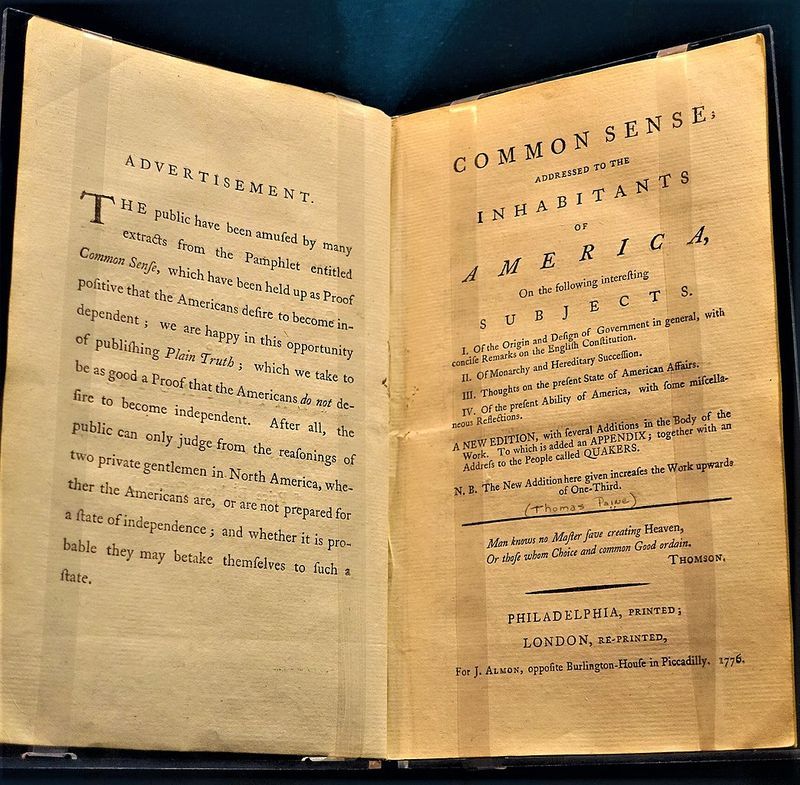
One of the most influential pamphlets in American history, Thomas Paine’s “Common Sense” played a crucial role in galvanizing colonial sentiment towards independence from Britain.
Published anonymously, it presented a compelling argument for self-governance and directly attacked the legitimacy of the British monarchy.
Its clear, persuasive prose made the complex ideas of republicanism accessible to a broad audience, significantly contributing to the American Revolution.
“The Communist Manifesto” by Karl Marx and Friedrich Engels (1848)
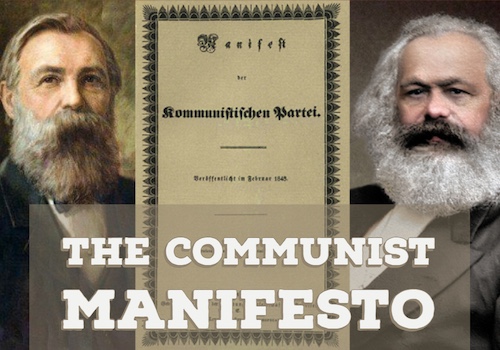
This seminal work laid the foundation for modern socialism and communism.
Written by Karl Marx and Friedrich Engels, “The Communist Manifesto” outlined the principles of Marxist theory, calling for the proletariat to rise against the bourgeoisie and establish a classless society.
Though brief, its impact has been profound, influencing political movements and revolutions across the globe.
“The Rights of Man” by Thomas Paine (1791)

Thomas Paine strikes again with “The Rights of Man,” a powerful defense of the French Revolution and a critique of hereditary government and aristocracy.
This pamphlet championed the principles of equality and individual rights, arguing for democratic reforms.
It resonated widely, influencing political thought and reform movements in Europe and America.
“The Federalist Papers” by Alexander Hamilton, James Madison, and John Jay (1787-1788)
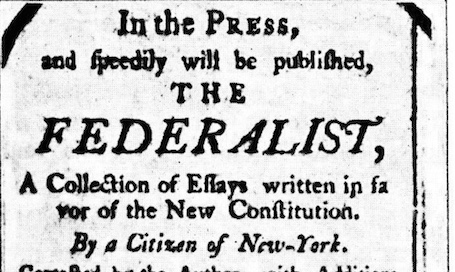
Though not a single pamphlet but a series of 85 essays, “The Federalist Papers” were originally published in newspapers to advocate for the ratification of the United States Constitution.
Written under the pseudonym “Publius,” these essays explained the new government structure and argued for its necessity.
They remain a key resource for understanding the framers’ intentions and the principles of American government.
“Letter from Birmingham Jail” by Martin Luther King Jr. (1963)
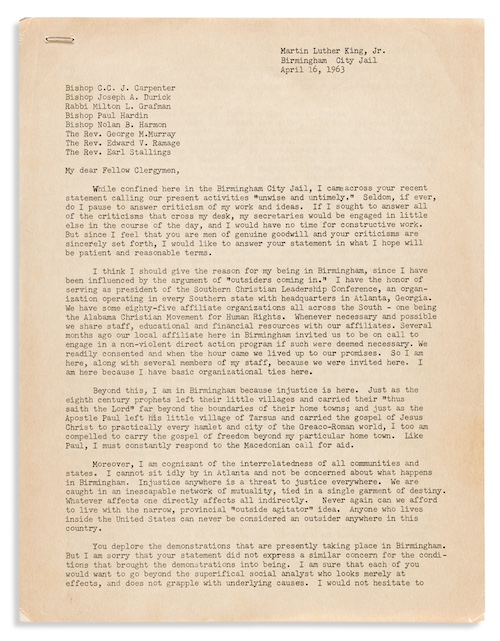
While technically an open letter, Martin Luther King Jr.’s “Letter from Birmingham Jail” was widely distributed as a pamphlet and has since become a landmark document of the Civil Rights Movement.
Written in response to criticisms from white clergymen, King eloquently defended the strategy of nonviolent resistance to racism and articulated the moral imperative for civil disobedience against unjust laws.
“The Crisis” by Thomas Paine (1776-1783)
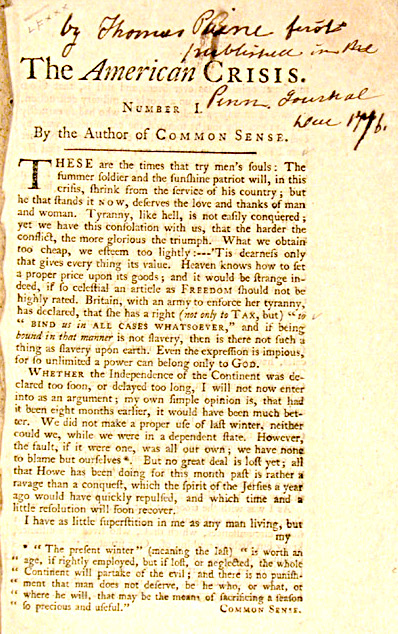
Thomas Paine’s influence extends to his series of pamphlets known as “The Crisis.”
These essays, starting with the famous line “These are the times that try men’s souls,” were written to inspire American colonists during the Revolutionary War.
Paine’s stirring words bolstered morale and reinforced the legitimacy of the fight for independence.
“A Modest Proposal” by Jonathan Swift (1729)
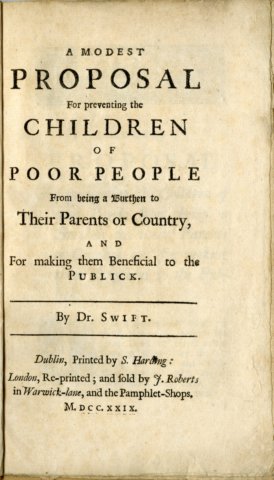
Jonathan Swift’s satirical pamphlet, “A Modest Proposal,” is a masterpiece of irony and social criticism.
Swift suggested that the poor Irish might ease their economic troubles by selling their children as food to the rich.
Though obviously not meant to be taken literally, this work highlighted the severe injustices faced by the Irish people under British rule and remains a powerful example of satire used for social critique.
“The Feminine Mystique” by Betty Friedan (1963)
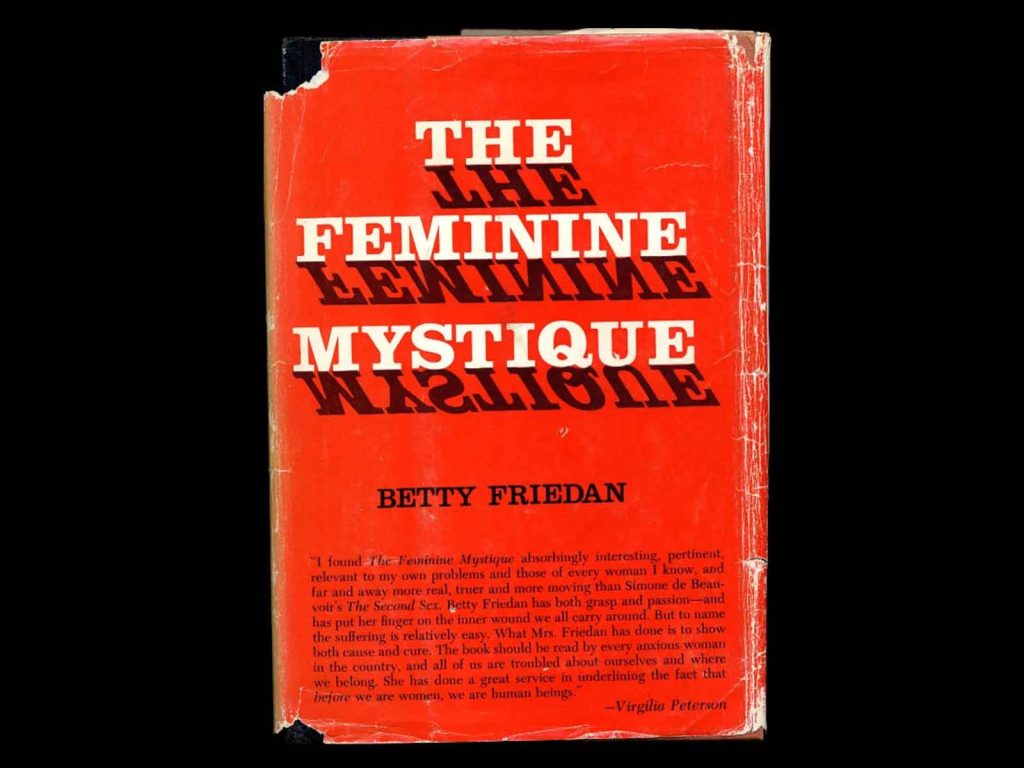
Initially an article that evolved into a book, Betty Friedan’s “The Feminine Mystique” is credited with sparking the second-wave feminist movement in the United States.
The work critiqued the idealized image of domestic womanhood and highlighted the dissatisfaction of many housewives, calling for greater opportunities for women outside the home.
Its pamphlet-like distribution helped spread feminist ideas widely and rapidly.
Conclusion
Pamphlets have served as catalysts for change, carrying revolutionary ideas and critiques of the status quo to a wide audience.
Their accessibility and concise format make them powerful tools for influencing public opinion and mobilizing movements.
From sparking revolutions to advocating for civil rights and social reforms, these famous pamphlets have left an indelible mark on history.

